The Maldives, renowned for its stunning coral reefs, pristine beaches, and luxury resorts, is also home to a fascinating array of wildlife and marine life. While the islands might be small and the natural terrestrial land is limited, the waters around the Maldives offer some of the most diverse and mesmerizing marine life in the world. Here, we explore the top 10 animals and wildlife that make the Maldives a paradise for nature enthusiasts.
1. Manta Rays

The Maldives hosts significant populations of manta rays, especially around the atolls, where plankton-rich waters provide an ideal feeding ground. These gentle giants, characterized by their vast wingspans and graceful underwater ballet, can often be seen at cleaning stations where smaller fish remove parasites from their bodies. The Hanifaru Bay in Baa Atoll is a UNESCO Biosphere Reserve known for aggregations of manta rays, attracting snorkelers and divers worldwide.
2. Whale Sharks
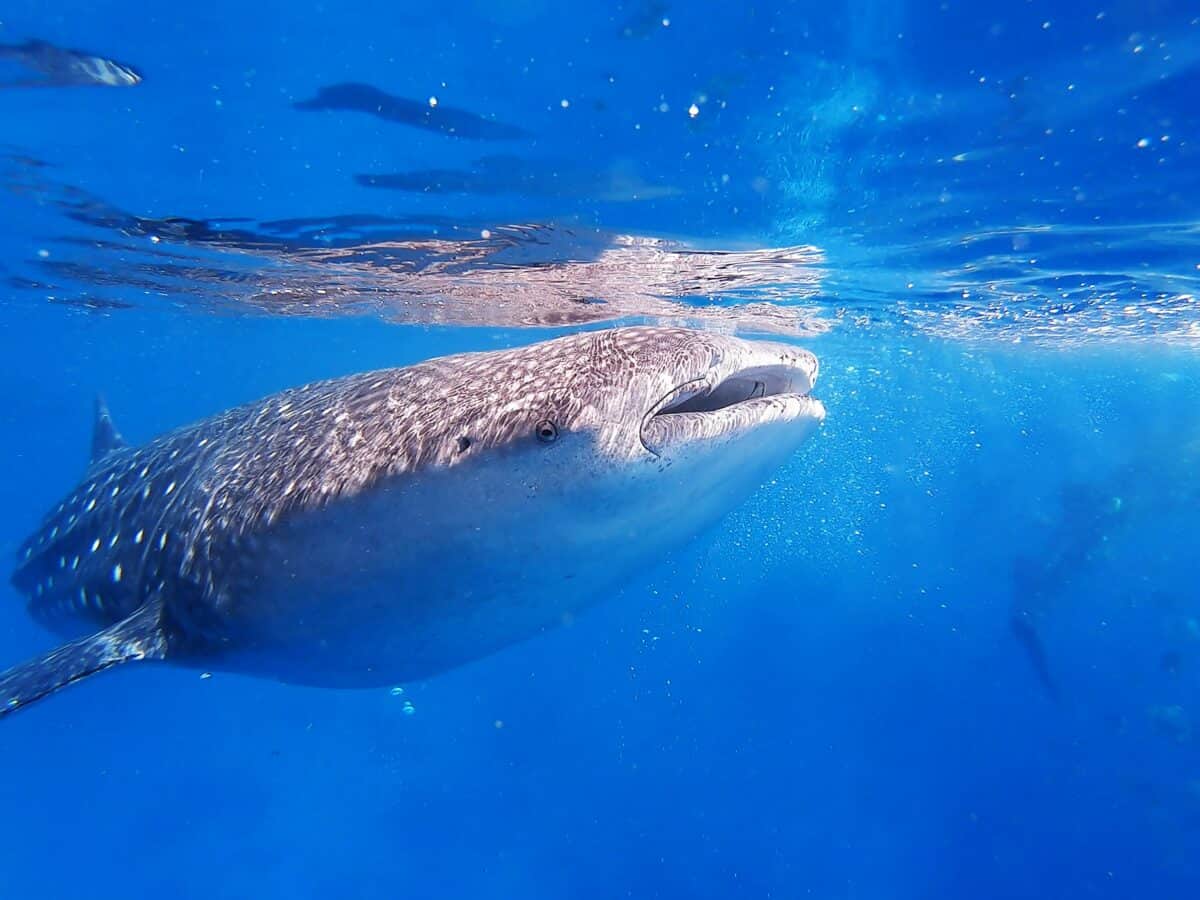
Known as the largest fish in the sea, whale sharks are a must-see for marine life enthusiasts visiting the Maldives. Despite their size, these filter-feeding behemoths are harmless to humans. South Ari Atoll is one of the best places to spot these gentle giants throughout the year, providing a unique opportunity for snorkelers to swim alongside them.
3. Sea Turtles

The Maldives is home to five species of marine turtles, including the green turtle and the hawksbill turtle, both of which are commonly seen. These ancient mariners often emerge onto beaches for nesting, primarily in the uninhabited islands. Conservation efforts are in place to protect their nesting sites, ensuring future generations can witness these creatures in their natural habitat.
4. Dolphins

Dolphins are a common sight in Maldivian waters, with several species like the spinner dolphin, bottlenose dolphin, and Risso’s dolphin frequently observed. Dolphin-watching excursions are popular among tourists, offering an incredible spectacle as dolphins perform acrobatic displays or ride the bow waves of boats.
5. Reef Sharks
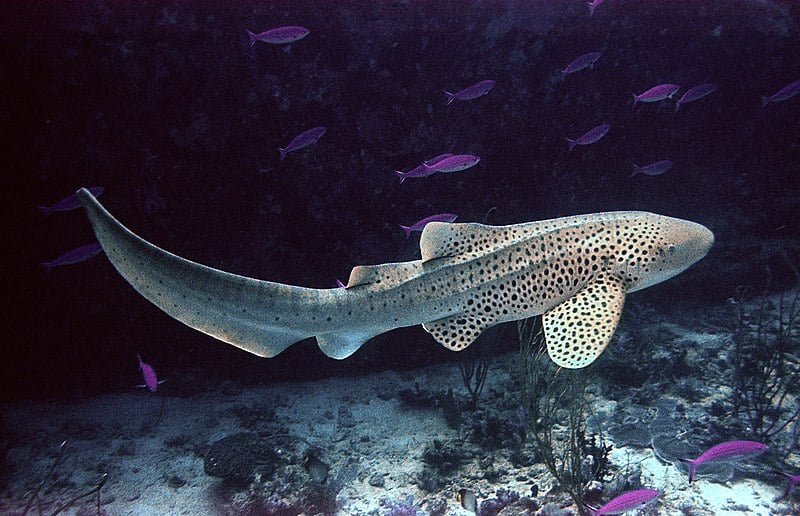
The vibrant coral reefs of the Maldives are often patrolled by reef sharks, particularly the blacktip, whitetip, and grey reef sharks. These sharks are generally harmless to humans and play a crucial role in maintaining the health of the coral reef ecosystem by controlling fish populations.
6. Moray Eels
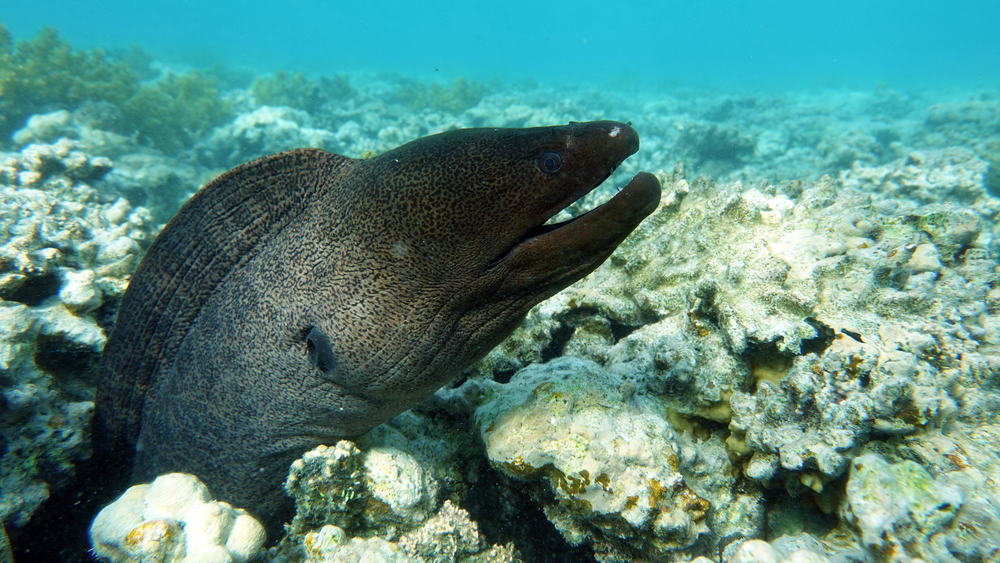
Among the vibrant undersea tapestry of the Maldives, moray eels inhabit crevices and overhangs. Their elongated bodies and sharp teeth might appear menacing, but these shy creatures usually keep to themselves. Divers often glimpse the distinctive heads and gaping mouths of moray eels peeking out from their hiding spots.
7. Parrotfish

One of the most colourful residents of the Maldivian reefs, parrotfish play a vital ecological role. Their beak-like teeth grind down cora,l which, after digestion, is excreted as sand, significantly contributing to the formation of the Maldives’ beautiful white sandy beaches. Their vibrant hues and busy lifestyle add charm to any snorkelling or diving experience.
8. Octopuses
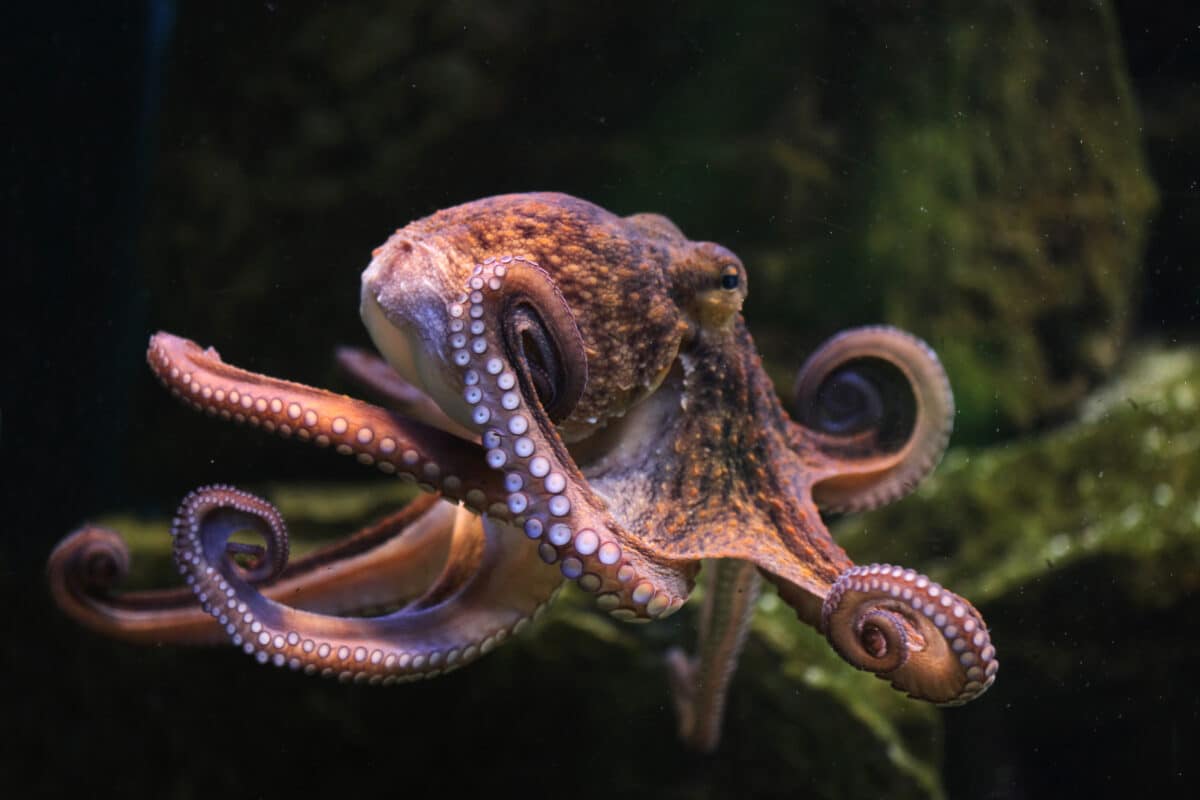
These intelligent cephalopods are masters of disguise, capable of changing both colour and texture to blend seamlessly with their surroundings. Observing an octopus can be a mesmerizing experience, especially when witnessing their feeding or the rare event of them mating. Their solitary and secretive nature makes each sighting special.
9. Fruit Bats
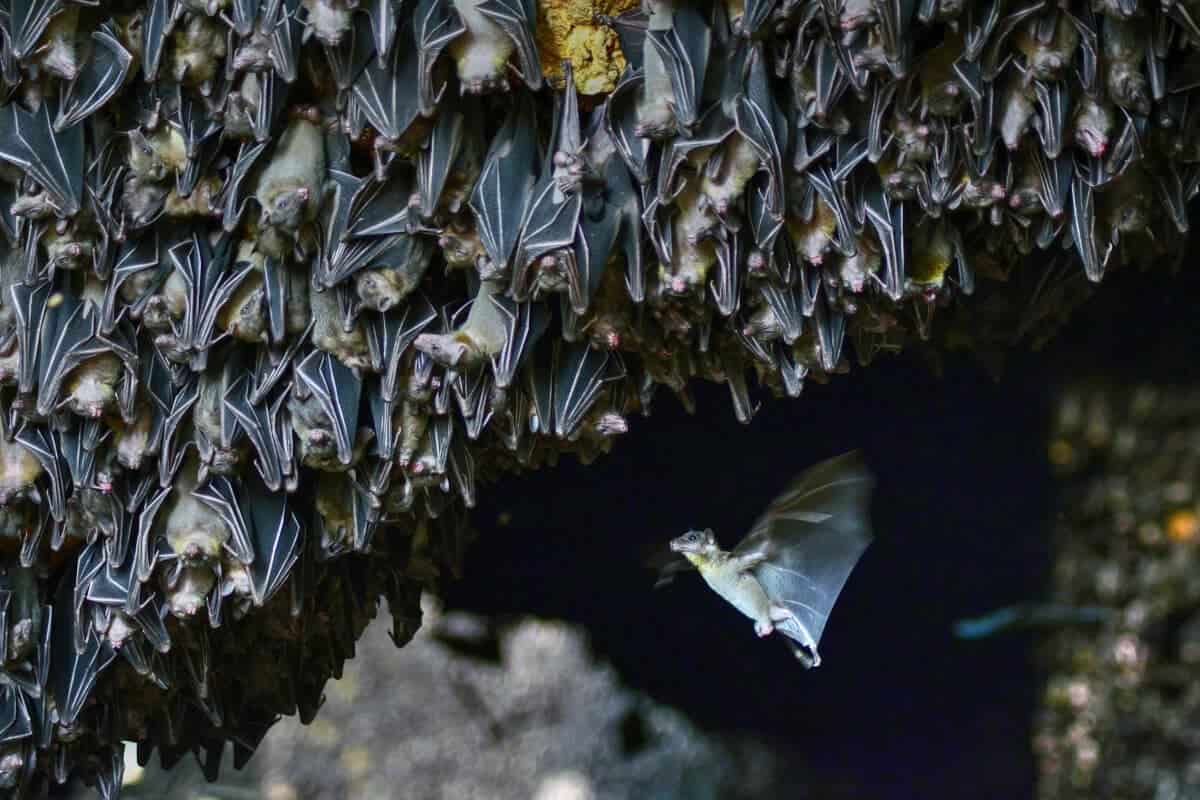
While much of the Maldives’ prominent wildlife is aquatic, the islands also host terrestrial life like the Indian flying fox, a species of fruit bat. These nocturnal creatures can often be spotted at dusk, silhouetted against the setting sun as they glide between trees in search of fruit and nectar.
10. Herons

Adorning the shores and lagoons, the grey heron is a common sight in the Maldives. Known for their patient hunting techniques, these birds stand motionless before striking at their prey with lightning speed. The presence of herons adds a touch of elegance to the serene environment of the Maldivian islands.
Conservation Efforts

The Maldives’ unique biodiversity is under pressure from climate change, unsustainable fishing practices, and habitat destruction. However, the country has implemented substantial conservation initiatives, such as the declaration of several marine protected areas and collaboration with international organizations to preserve this delicate ecosystem.
The Maldives’ rich biodiversity is not just a treasure trove for wildlife enthusiasts but also a crucial component of the island’s natural heritage and sustainability. By exploring the remarkable wildlife of the Maldives, we can appreciate the importance of conserving these natural wonders for future generations.
- The Most Beautiful Bird Migration Routes Across the US - August 9, 2025
- 14 Dog Breeds That Love to Cuddle - August 9, 2025
- 11 Signs Your Horse Might Be Bored - August 9, 2025

